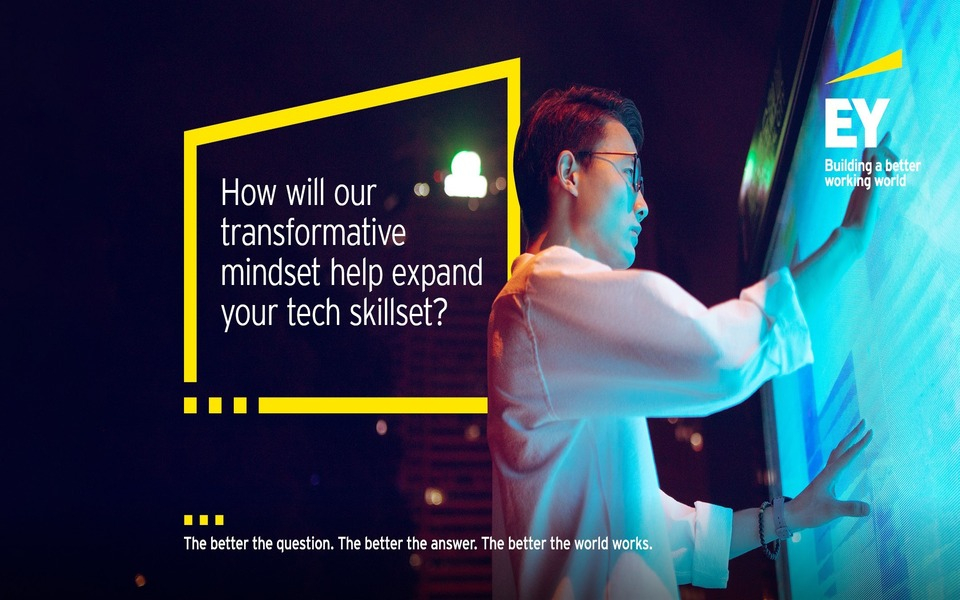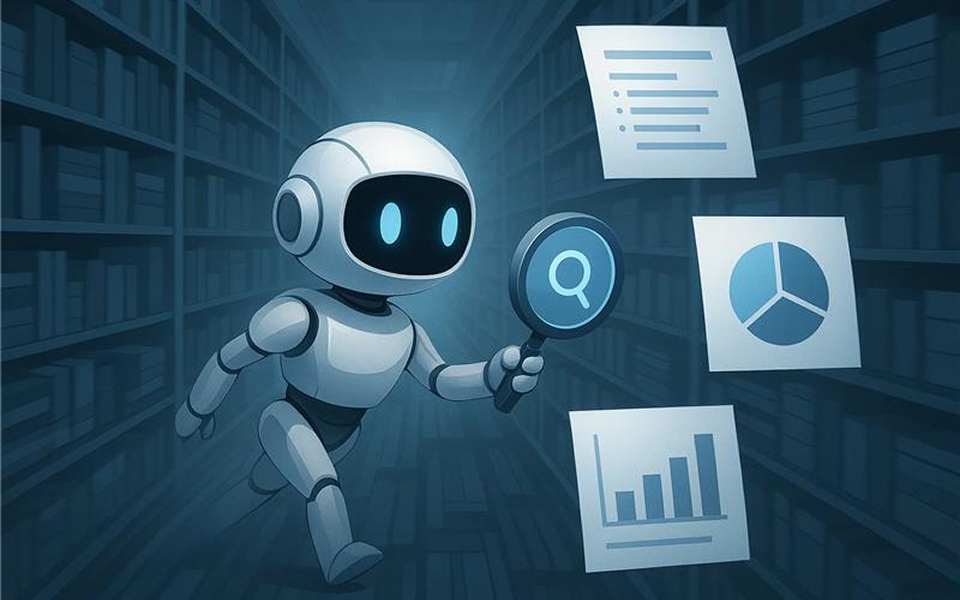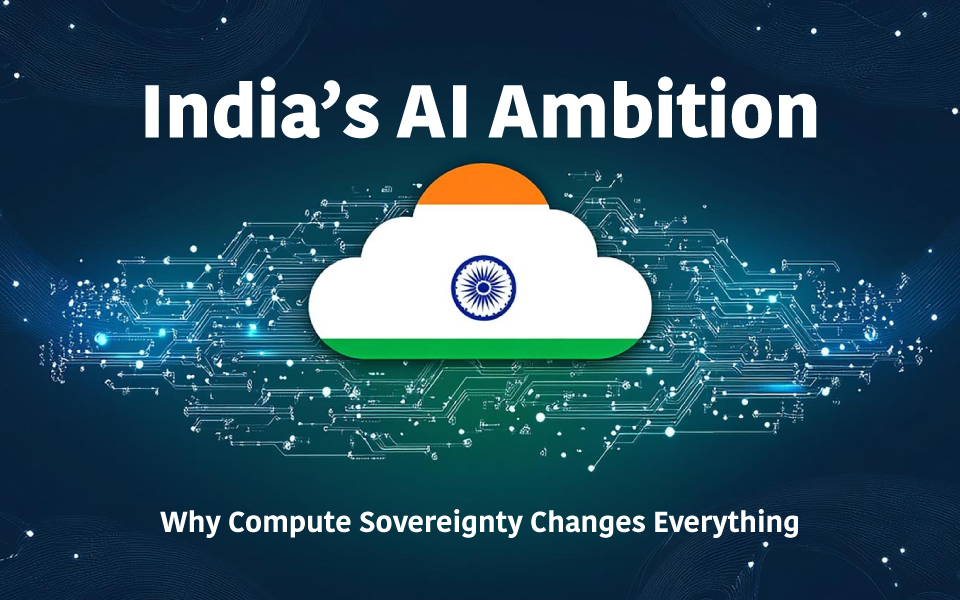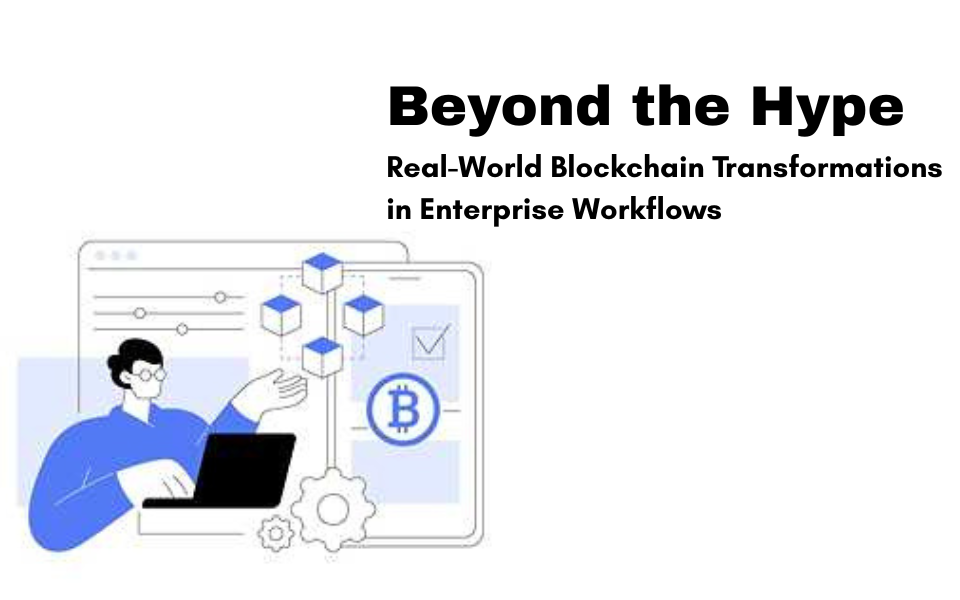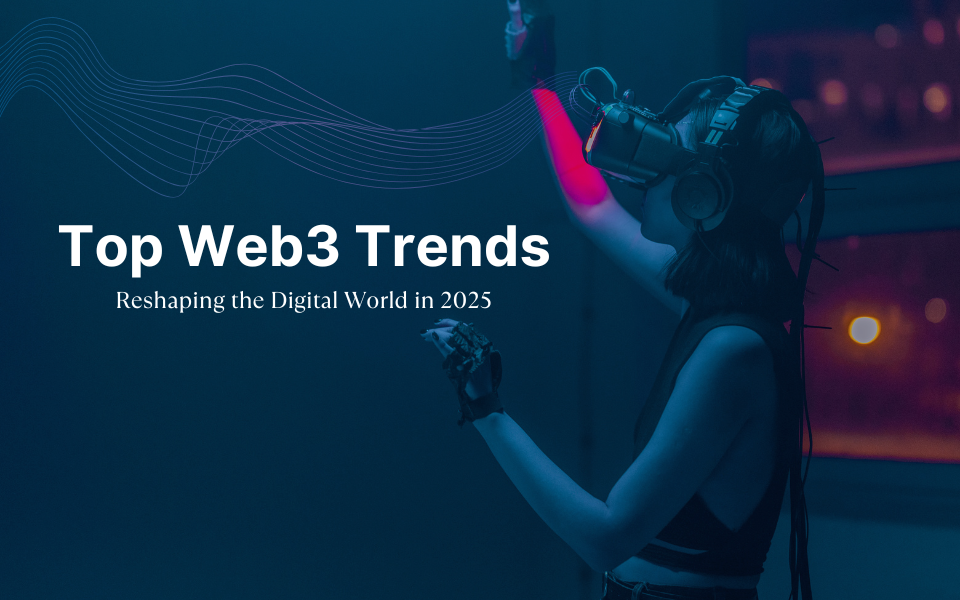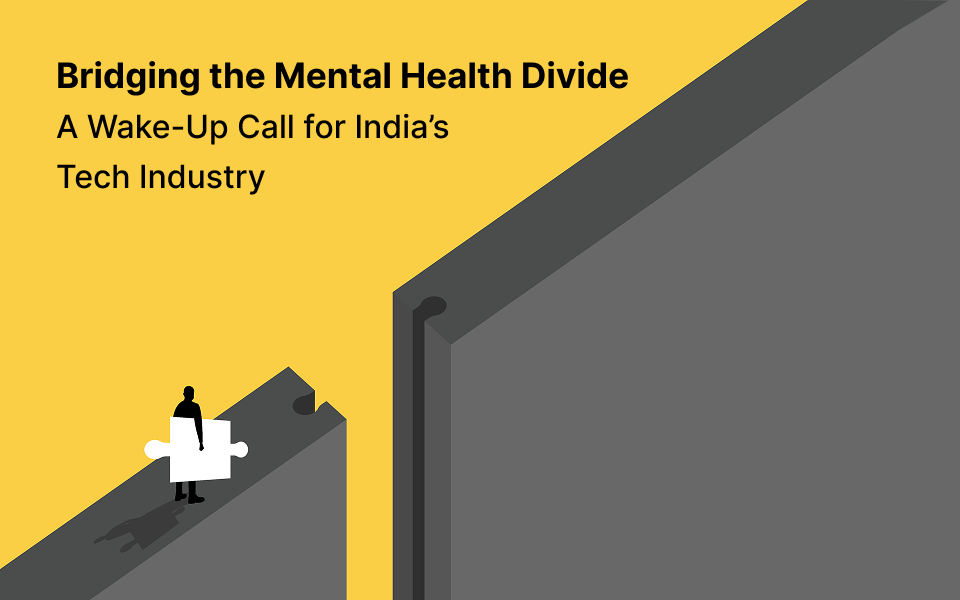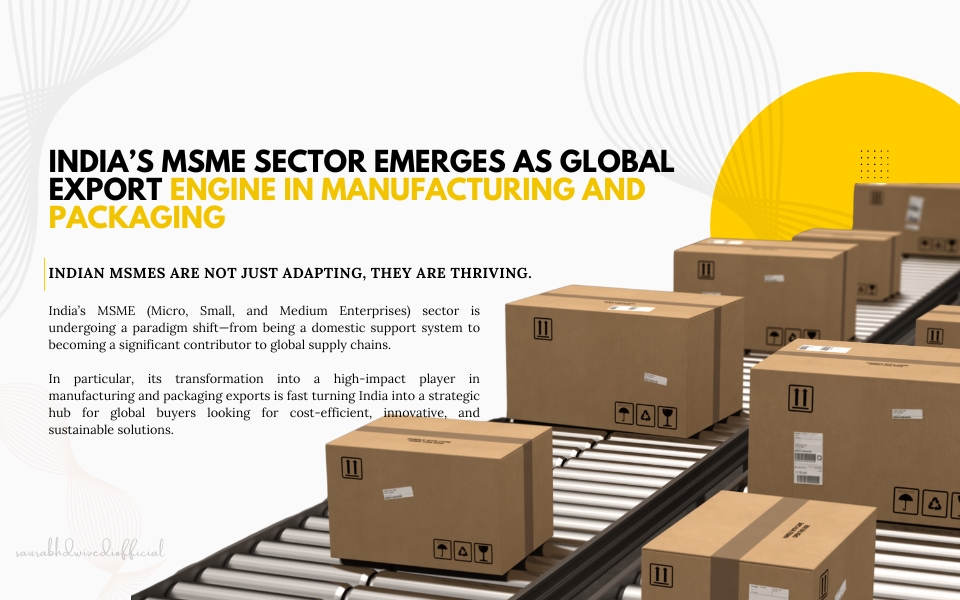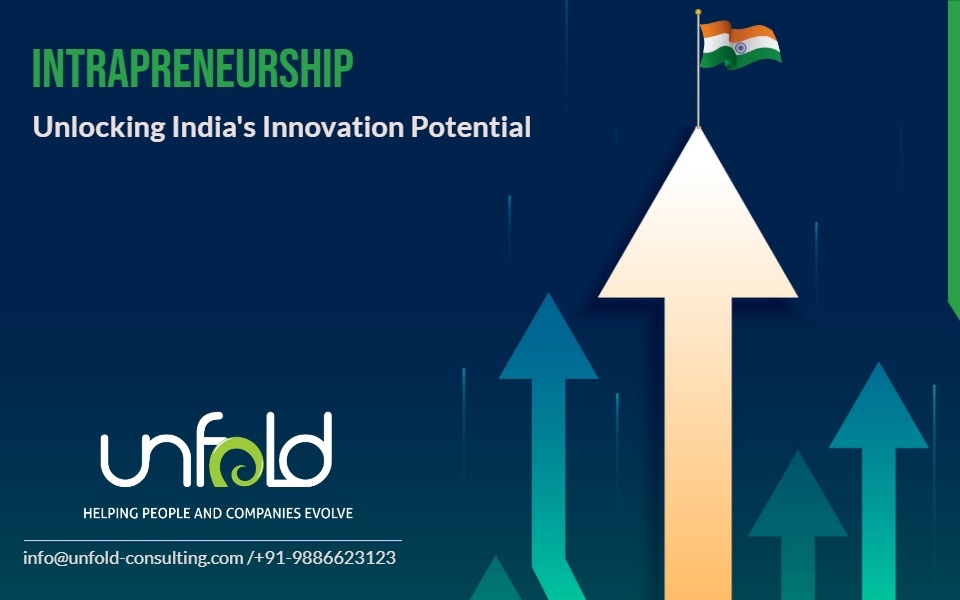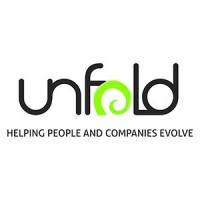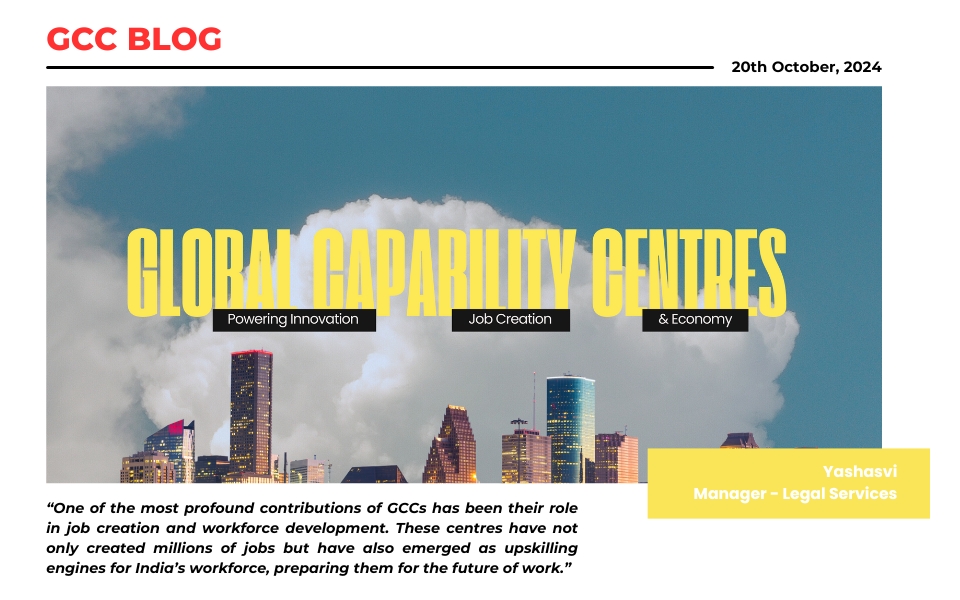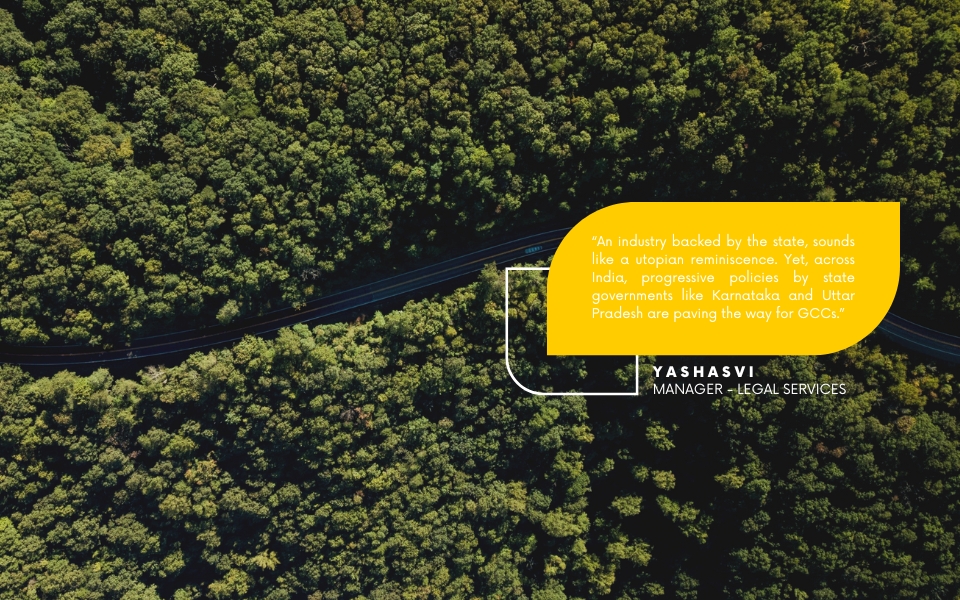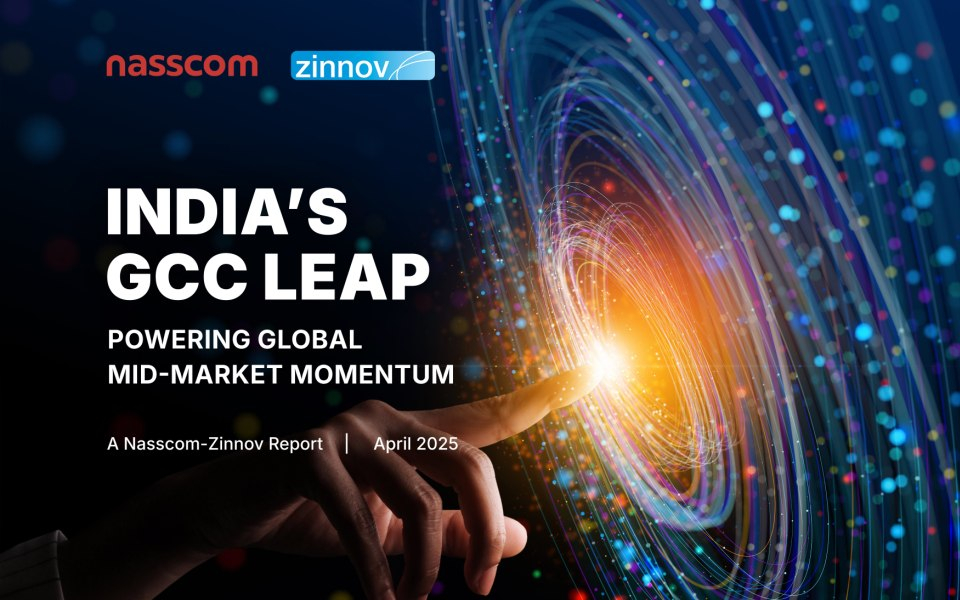The human race has navigated various timelines through the course of history. We started with the pre-industrial revolution era to the advent of the industrial revolution, followed by the digital era and now the era of transformation. All through these years, cost has remained a topic of prime interest! Being the prime component for every industry to thrive, cost helped businesses through the ages quantify the basic purpose of existence. And profit or margins lie at the core of this cost element.
In simple words, profit depends on two levers, namely, revenue and cost. Both share an inversely proportional relationship which can lead to profit maximization. Likewise, depending on the industry type, cost can be categorized into various buckets like employee costs, cost of production, overheads, indirect costs, depreciation, taxes, etc. Also, there are different sub-levers under each component which affect the cost. Hence, using it in the right context is extremely important for any business to drive sustainable growth. As a topic, cost has evolved over time.
Let’s dig deep into how this happened.
Over different industrial stages, cost-related conversations have maintained their importance, but these conversations and contexts have evolved. Here’s how:
Pre-industrial revolution era:
In the pre-Industrial revolution era, every industry or business's key focus was to know the correct cost of the product or service being offered. It was tricky to sustain back in those days as everything survived in the times of relatively unknown markets, limited resources, limited talent, and no standards to arrive at a steady cost. Hence, cost descriptions and components used to be what we call variable costs today (connected to the units of products or services).
Industrial revolution era:
With time, the world started seeing things in a new light as the industrial revolution unfolded. Machinery, productivity and marketable skills started to take prominence. This led to process standardizations which soon became a norm. Cost-related efforts started to focus primarily on cost reduction. This topic gained momentum and the roles of cost experts to include cost reduction in business conversations became widespread. Fixed costs, resulting in depreciation over useful life, productivity incentives, etc., became key cost components alongside traditional cost elements.
Digital era:
With the dawn of the digital era, popularly perceived as the age of computers, all industries started experiencing a shift. The approach to building processes and productivity models and the entire production chain started to get influenced by digital tools. Old business models started becoming irrelevant, with newer efficient ones cropping up. This change led to a fundamental shift in cost components as well.
New terms and technical elements like computers, technology, software, and many other intangibles were added to the cost. Most of these attributes required varied business-focus areas. Also, decisions related to them were not taken in straightforward terms, unlike in the previous eras.
Thus, conversations started to evolve from cost reduction to “cost optimization,” i.e., defining the cost, defining targets, measuring them, assigning responsibilities and looking at a cost not with its immediate impact but instead in terms of what value it creates for the business. In other words, a focus beyond reduction, as what appears as cost saving/reduction, may hamper the business’s growth.
Disruption and transformation era:
The current digital era has transformed scarcity into abundance. The speed of change today is phenomenal; thanks to the changing mindset and technological advancements all around that are raising the bar. Please think of the latest pandemic that seemed detrimental to the world’s growth, but it fueled disruptions across the board. An exceptional, swift, and cost-efficient vision is unfolding; this is the era of cost transformation.
The idea of cost transformation imbibes a proactive approach to evaluating possible options while being agile. It moves away from cost alone and is agile to observe and be flexible in approach with a 360-degree approach considering impact beyond cost. This includes embedding cost consciousness as a culture, managing risk in cost competitiveness, bringing a viable connection between product and profitability, incorporating sustainability in decision-making and many more, which supports coping with disruption.
And as the word itself says transformation, the meaning of cost transformation cannot be rigid. This has to be self-transformative to include dimensions as they unfold in the era of disruption.
Evolving dimensions in the evolution of cost transformation.
The disruptive world's new trends and uncertainties make cost transformation imperative and more compelling. The focus here cannot be limited to some select or traditional levers as it has been; instead, it has to be agile to fit what makes sense to cope with the changing requirements. Some of those 360-degree dimensions which are evolving and should be considered in cost transformation are:
Baking agility in cost levers:
The ever-evolving business environment calls for innovative cost transformation strategies. Such futuristic levers need not always be different from traditional levers but must, be used with an agile mindset and approach.
Being agile is the mantra to extract the best potential of futuristic parameters. It connects to a growth mindset, thinking beyond boundaries, incremental approach (in the present world, it is difficult to get to complete go together, an incremental approach makes it more logical), Iterative (knowledge is so vast, being iterative in the process is key and develop it with every learning), application of S-curve (start a new curve before the maturity of the present one), focus on outcome and breaking the silos.
Considering sustainability as a nonnegotiable component of decision-making:
The world around us is constantly changing. Be it global warming, pollution, water scarcity, melting polar ice caps, rising emission levels, or more, environmental problems are standing tall. Industrial development has been one of the key reasons behind this distortion. It is high time that industries align efforts to solve escalating issues. Hence, it is important to bake in sustainability-related scope even though they may appear costly now. In the long run, this will yield by helping curb environmental distortion.
While the world is busy setting a “sustainability agenda,” it is still not the prime plan. After all, in the business context, profitability can always take precedence over anything else for the leaders. Some of them feel that chasing sustainability goals in the short term can lead to huge expenses, which is not true. You need to know the cost implications and long-term impact about the dynamics before making a call.
Using technology to its potential:
Automation, robotics, blockchain and Metaverse are some examples of the technologies which have emerged recently and who knows, as we are reading this article world is seeing newer technologies. Another element while considering technology is the pace with which these are emerging and enhancing.
Hence technology is no longer just about cost. It is about experiences, better ways of doing things, getting into dimensions that were not possible, and so on. So, if a decision on the cost front considers digitalization just on the cost involved, recalibration is needed. After all, not investing in digital can lead to more allied expenses in the medium to long term. At times, what appears expensive in the short run can be a necessary proposition to sustain in the world of disruption or can eventually make it way cheaper in the long run.
Enhancing the experience of stakeholders:
Stakeholders are critical to all businesses as they are directly connected with the revenue channel. So, enhancing the experience of stakeholders is usually the primary business goal. It calls for continuous efforts and when it comes to cost transformation, it is critical to see how a decision might yield to the experience of the stakeholders.
And in today’s world definition of stakeholders has also evolved. It rightfully includes internal and external stakeholders (employees, vendors, board of directors, shareholders) and direct and indirect holders (those connected with the organization directly and indirectly, like the community and environment).
Adding speed to everything we do:
Today, fast and consistent efforts wins the race in all quarters, be it internet connectivity, travel, communication, penetrating a market, building an app, payments, opening a bank account, or anything under the sun!
While this appears like a superset of the speed of technology change but while technology definitely enables it, it is coming from everywhere - the political environment, business environment, policies, environment, and thinking style of the new generation, all are moving with speed and expect a reaction with speed itself!
Speed is omnipresent. Hence, from time to time, it is critical to check the “speed limit” with which different decisions or proposals are considered and executed. And if not tweaked or handled with the right spirit, cost transformation may appear/lead to a drop in speed.
Biases to watch out for in the cost transformation journey.
While applying cost transformation levers (traditional or futuristic) with different dimensions is about making decisions using a rational mind. This rational mind of the human brain at times can react very differently because of the way it is wired. It can fall into the traps of decision-making influenced by information and factors being provided to it. Hence, for the cost transformation to be effective, these traps mustn’t influence the right cost decisions. Some of those biases which may come on the path of cost transformation are:
Budgetary biases:
The budget has been one iconic and proven lever in all industrial eras. Cost and finance professionals have used this as their niche for meaningful purposes. However, even this can become a trap.
(i) Overspend bias due to the availability of budget.
Every organization operates within a budget. So, an understanding of financial boundaries for operations is essential. A significant bias that the budget brings is its availability, which escalates in the last quarter of the budget period. In order to exhaust the budget instead of letting it lapse, a biased decision is made which may or may not be essential.
(ii) Missing an opportunity due to the non-availability of a specific budget.
On the other hand, there can be situations when some spending are not budgeted. And incurring a cost depends on the availability of budget and not value creation. In an ideal scenario, the non-availability of a funding for a specific activity shouldn’t be the reason not to spend. After all, there are instances where unbudgeted spending leads to immense savings in the long run. Especially amid disruptions and continuous transformation, this is most likely to happen. So, a suggested approach to help handle this is allocating a budget for discretionary needs.
Business processes biases:
They may sound unrelated, but processes and lead times are intertwined. Procuring different items can have a significant impact on associated cost savings. The time taken to process a stakeholder’s need from the inception stage (or purchase request) to the delivery stage can alter the fundamental dynamics of a business case and its approved cost.
Take the hospitality industry, for instance. The nearer the booking date (or the lesser the lead time), the costlier your hotel rooms or air tickets get! Hence, an ideal time window must be considered and an entrusted process control pipeline must be used to save costs here.
Accounting or financial guidance Biases:
Whenever you talk about numbers and costs, it touches upon accounting and finances as well. These terms are all integral. Over the years, accounting and financial guidelines or standards are constantly evolving. Worldwide efforts are in progress to synchronize and standardize these rules. However, some of them can yield little, meaning if not thoroughly understood and applied in the right context.
(i) Short-term vs. long-term.
Decisions related to the incurring of an expense sometimes look at short-term benefits only. This is a common trap. Taking a cost decision basis short-term benefit or solving problems may not necessarily sync with the long-term objectives. This may cause massive trouble in the long term.
(ii) Maintenance or running cost.
While looking at a capital proposal, it is essential that running expenses or regular repair costs are also evaluated and considered in the proposal. Routine repair and maintenance cost not only impact the value of the cost involved, but they can also add to downtime or productivity loss which can impact other levers of margins.
(iii) Capital and depreciation.
Capital is any spending whose benefit or use is directly attributable to a period beyond a year. As per general accounting norms, it is the depreciation over useful life which is considered an expense. While this is an acceptable norm, it has to be well understood and used in the right context to avoid bias.
For all practical purposes, in the case of funds and outflows in the short-term perspective, the total value of spend is important. Contrastingly, in the case of comparable reporting and rightful expense, depreciation comes to play. So, while evaluating proposals, the depreciation of assets that were purchased earlier forms a key matrix. An event from the past can create a biased view of inclusion or non-inclusion.
(iv) Foreign currency spends.
The world is more connected than ever before today. So, it is not surprising to see imported products being used by all entities and individuals. These import-related transactional costs definitely consider a foreign currency’s dynamics. However, absolute base price comparison might lead to flaws. Instead, you must consider factors like import duties, foreign exchange rates, and funding sources, lead time, etc.
The currency conversions in the volatile world and some rightful proper understanding of the forex management instruments like currency forwards, and hedging is also important to get to a common comparable standard while talking of cost.
Decision-making biases:
In business situations, people have to keep making decisions. These decisions are not the result of the process but the way a decision-maker’s brain worked at that point in time. As per neuroscience, our brains behave in a certain manner and some of these thoughts are influenced by past experiences. If these psychological traps are well understood, then business-related decisions related to cost can be easier and better.
(i) Sunk cost bias
There is a tendency to make choices to justify past choices. For example, when you spend time and money on a product or service, you tend to justify your past decision without any revalidation.
(ii) Anchoring bias
Sometimes, scenarios are framed to influence a decision-maker. For example, compare these statements:
"Will the price of a similar product at the competitor’s store be $100?”
"What should be the price of our product.”
For a layman, while there is no validation that $100 is the competitor’s price, chances are people may become biased.
(iii) Status quo bias
Our brain is accustomed to the status quo, and this leads to biases in the decision-making process.
(iv) Estimate or forecast bias
Whenever data or insights are presented, people presume them to be logical, without checking forecasts and estimates. This might lead to faulty decisions. Neuroscientists have proved in studies that many such biases are constantly at play in a decision-maker’s brain. Therefore, it is advisable to eliminate all biases in a business setup.
Concluding thoughts
How can industry leaders drive sustainable growth via cost transformation? To do so, leaders must start embracing targeted structural cost reduction programs that are bottomless, long-lasting and impactful. To proceed in that direction, they can start setting ambitious yet achievable targets with evolving dimensions and the key fact about these dimensions is that it is about only these, all industry leaders need to keep an agile eye on what matters to their industry or evolving new. Staying refreshed on their thinking pattern for the right decision-making with some biases that unknowingly may take precedence is also key. Only then the entire cost transformation strategy can lead to sustainable output and drive home value for every stakeholder.
About the author:

Manoj Madaan, EY GDS Global Operations Enablement Leader
Manoj is a professionally qualified chartered accountant, company secretary, commerce graduate from Shri Ram College of Commerce and an Executive coach with certifications from accredited institutes.
He is a trusted business advisor with extensive experience of over 20 years in all finance and accounts and business operations domains.
For over the last 13 years, he has been working with EY Global Delivery Services and currently holds the position of Global Operations Enablement Leader.
Personally, he likes writing poems and articles on a variety of topics. He is also very enthusiastic about wellness agenda (Mental, health and financial) for himself and the people around him.
Disclaimer: This Publication contains information in summary form and is therefore intended for general guidance only. It is not intended to be a substitute for detailed research or the exercise of professional judgment. Member firms of the global EY organization cannot accept responsibility for loss to any person relying on this article.




